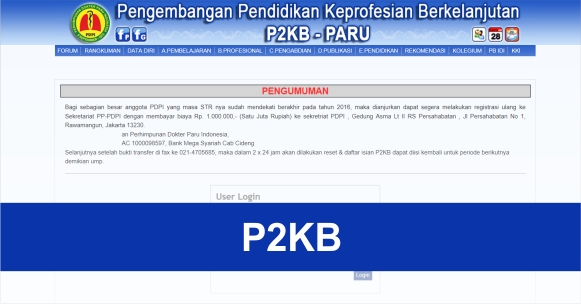Combining pulmonary and cardiac computed tomography biomarkers for disease-specific risk modelling in lung cancer screen
Abstract
Objectives Combined assessment of cardiovascular disease (CVD), COPD and lung cancer may improve the effectiveness of lung cancer screening in smokers. The aims were to derive and assess risk models for predicting lung cancer incidence, CVD mortality and COPD mortality by combining quantitative computed tomography (CT) measures from each disease, and to quantify the added predictive benefit of self-reported patient characteristics given the availability of a CT scan.
Methods A survey model (patient characteristics only), CT model (CT information only) and final model (all variables) were derived for each outcome using parsimonious Cox regression on a sample from the National Lung Screening Trial (n=15 000). Validation was performed using Multicentric Italian Lung Detection data (n=2287). Time-dependent measures of model discrimination and calibration are reported.
Results Age, mean lung density, emphysema score, bronchial wall thickness and aorta calcium volume are variables that contributed to all final models. Nodule features were crucial for lung cancer incidence predictions but did not contribute to CVD and COPD mortality prediction. In the derivation cohort, the lung cancer incidence CT model had a 5-year area under the receiver operating characteristic curve of 82.5% (95% CI 80.9–84.0%), significantly inferior to that of the final model (84.0%, 82.6–85.5%). However, the addition of patient characteristics did not improve the lung cancer incidence model performance in the validation cohort (CT model 80.1%, 74.2–86.0%; final model 79.9%, 73.9–85.8%). Similarly, the final CVD mortality model outperformed the other two models in the derivation cohort (survey model 74.9%, 72.7–77.1%; CT model 76.3%, 74.1–78.5%; final model 79.1%, 77.0–81.2%), but not the validation cohort (survey model 74.8%, 62.2–87.5%; CT model 72.1%, 61.1–83.2%; final model 72.2%, 60.4–84.0%). Combining patient characteristics and CT measures provided the largest increase in accuracy for the COPD mortality final model (92.3%, 90.1–94.5%) compared to either other model individually (survey model 87.5%, 84.3–90.6%; CT model 87.9%, 84.8–91.0%), but no external validation was performed due to a very low event frequency.
Conclusions CT measures of CVD and COPD provides small but reproducible improvements to nodule-based lung cancer risk prediction accuracy from 3 years onwards. Self-reported patient characteristics may not be of added predictive value when CT information is available.











